John S. Erickson
Should we tweet this? Generative response modeling for predicting reception of public health messaging on Twitter
Apr 09, 2022
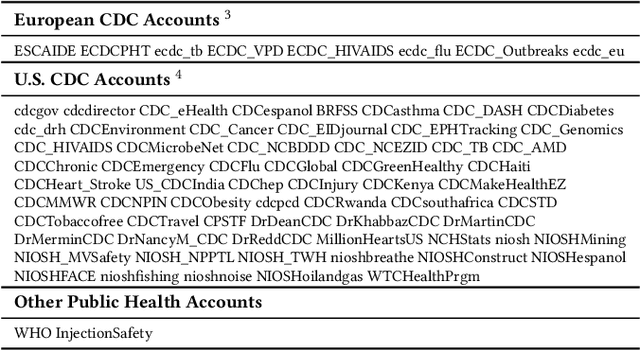
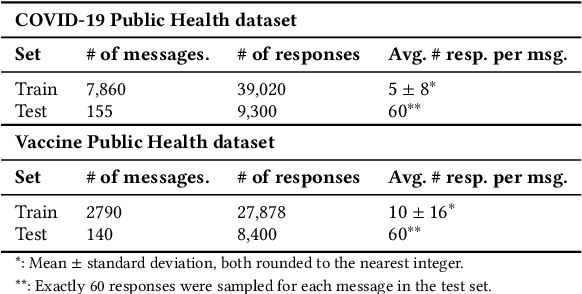
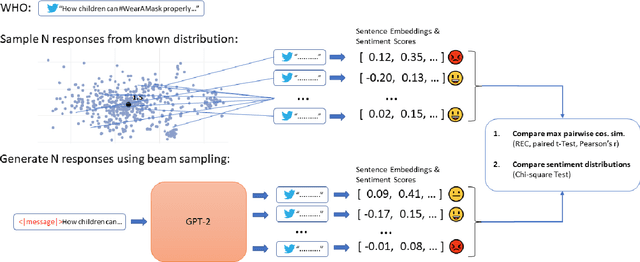
Abstract:The way people respond to messaging from public health organizations on social media can provide insight into public perceptions on critical health issues, especially during a global crisis such as COVID-19. It could be valuable for high-impact organizations such as the US Centers for Disease Control and Prevention (CDC) or the World Health Organization (WHO) to understand how these perceptions impact reception of messaging on health policy recommendations. We collect two datasets of public health messages and their responses from Twitter relating to COVID-19 and Vaccines, and introduce a predictive method which can be used to explore the potential reception of such messages. Specifically, we harness a generative model (GPT-2) to directly predict probable future responses and demonstrate how it can be used to optimize expected reception of important health guidance. Finally, we introduce a novel evaluation scheme with extensive statistical testing which allows us to conclude that our models capture the semantics and sentiment found in actual public health responses.
Semantically-aware population health risk analyses
Nov 27, 2018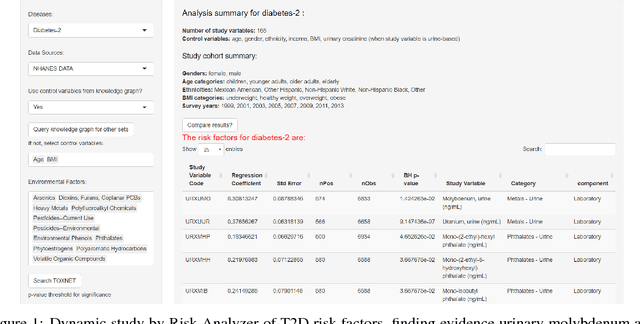

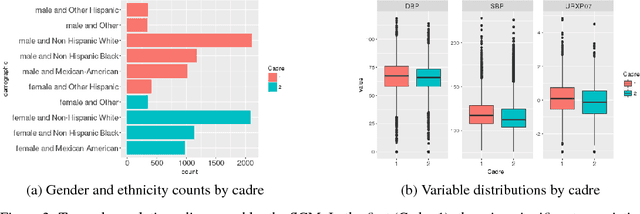
Abstract:One primary task of population health analysis is the identification of risk factors that, for some subpopulation, have a significant association with some health condition. Examples include finding lifestyle factors associated with chronic diseases and finding genetic mutations associated with diseases in precision health. We develop a combined semantic and machine learning system that uses a health risk ontology and knowledge graph (KG) to dynamically discover risk factors and their associated subpopulations. Semantics and the novel supervised cadre model make our system explainable. Future population health studies are easily performed and documented with provenance by specifying additional input and output KG cartridges.
 Add to Chrome
Add to Chrome Add to Firefox
Add to Firefox Add to Edge
Add to Edge